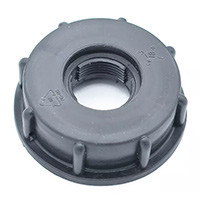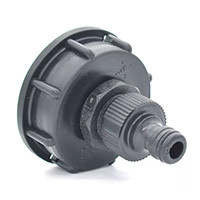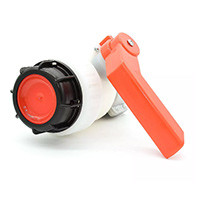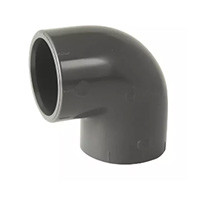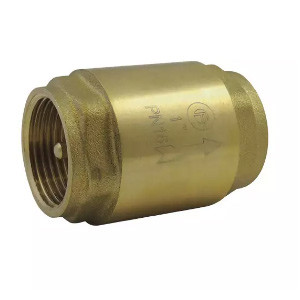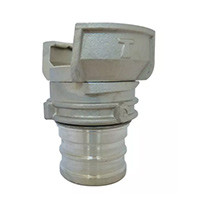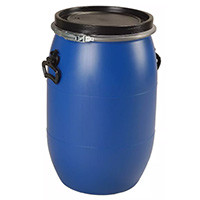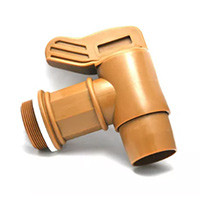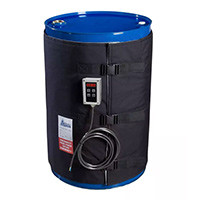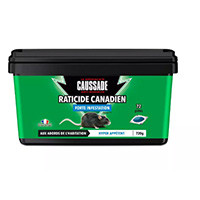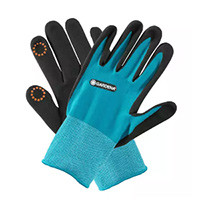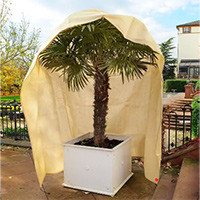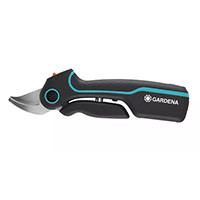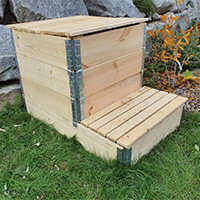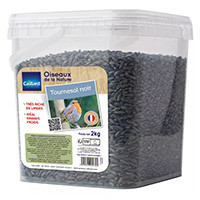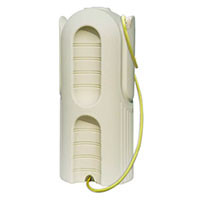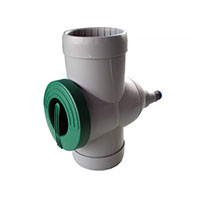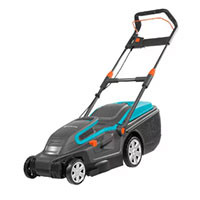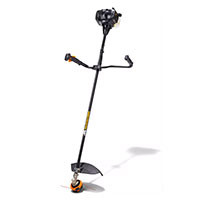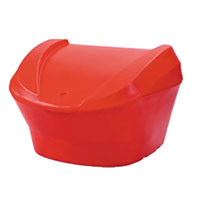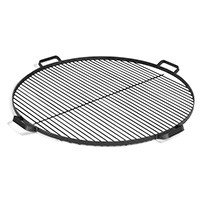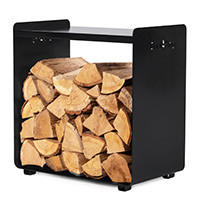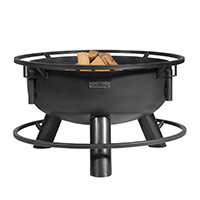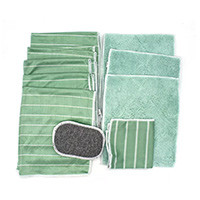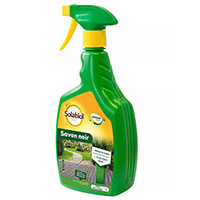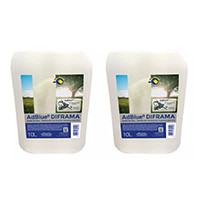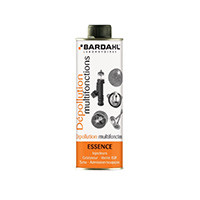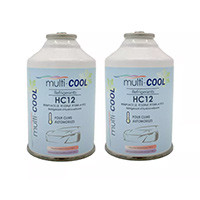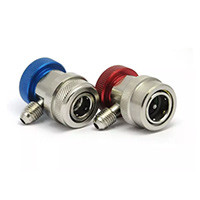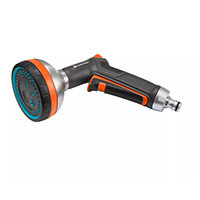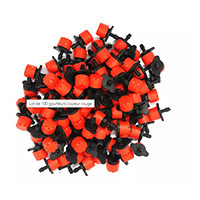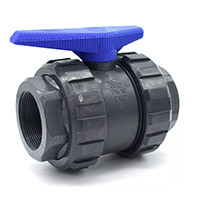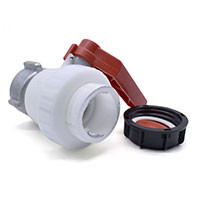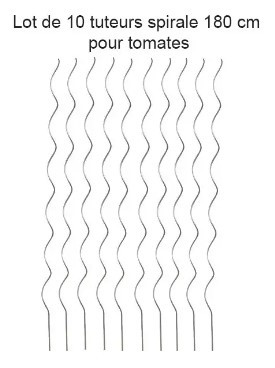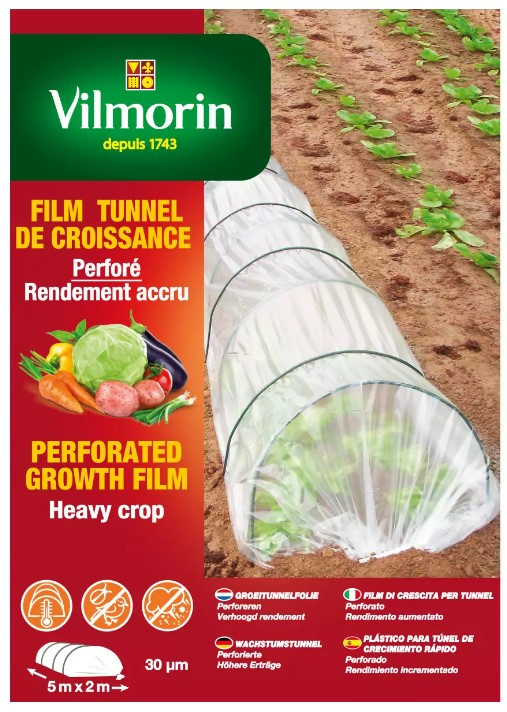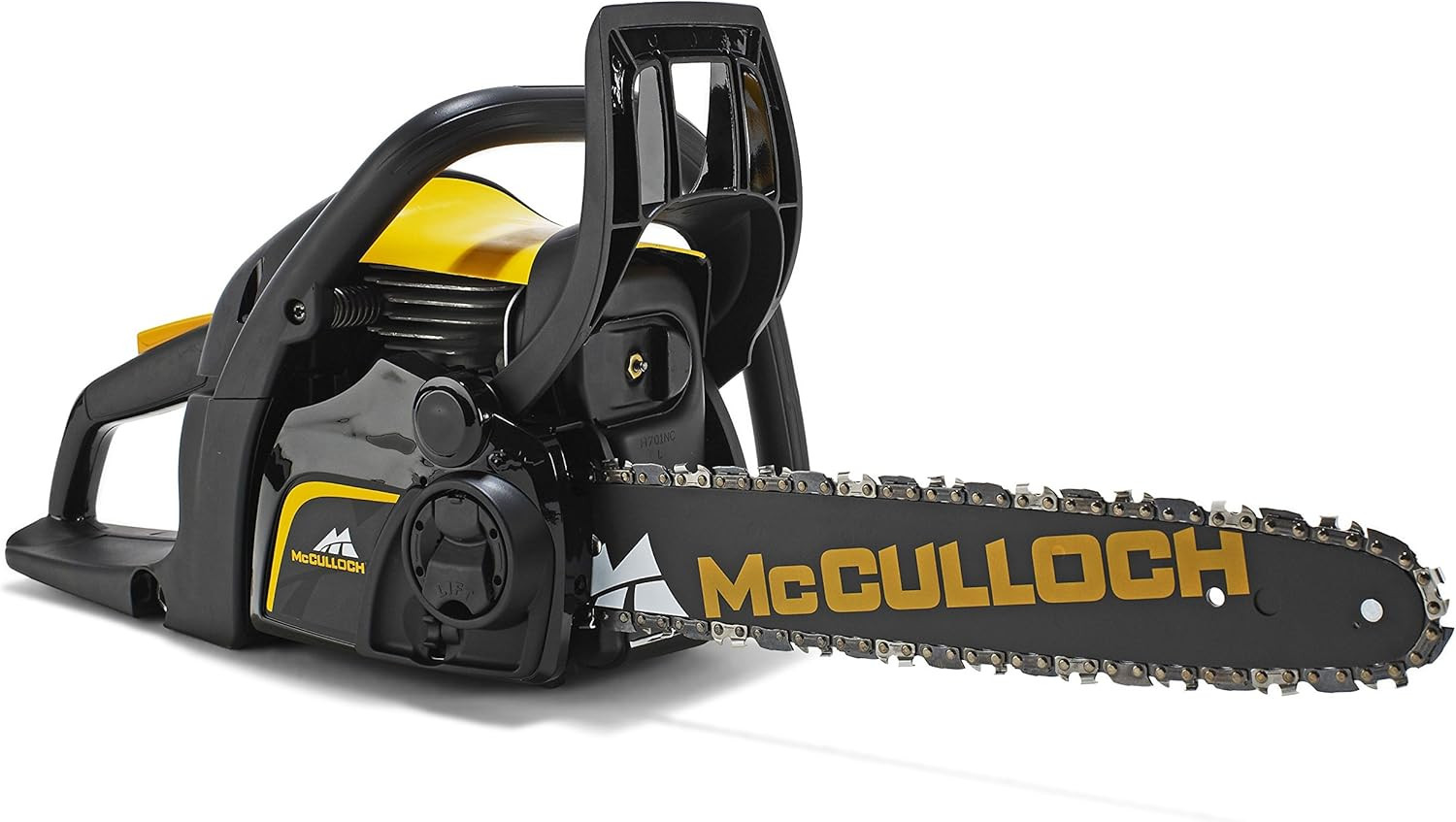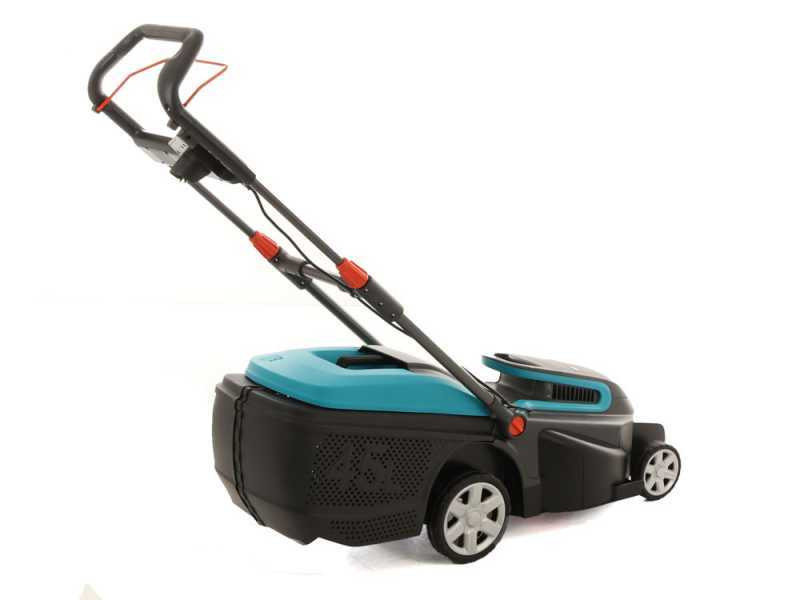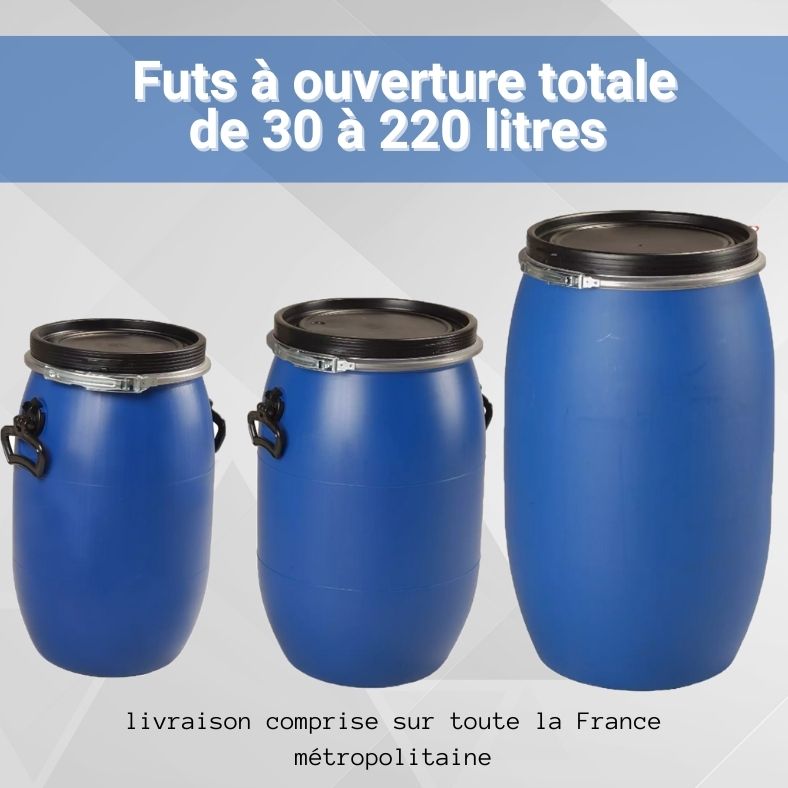Why and how to scarify his lawn?
It is a term that looks barbaric, but actually refers to an essential task in the garden: scarification, a technique of laceration of the soil, allows to preserve a beautiful lawn throughout the year. Find out what it is, and how to use it at home.
Scarify your lawn, yes... But for what?
It's inevitable: that says unmaintained lawn, says dull turf and without vigour..
To avoid this, several solutions exist, including removing the vegetal felt formed by the assemblage of moss, surface roots and plant debris on the soil surface, between grass shoots.
If one wants to get rid of this compact layer, it is for a very simple reason: by dint of clumping, the felt suffocates the lawn. The grass no longer breathes, and the exchange of water and nutrients is no longer assured because the water stagnates on the surface, which promotes the appearance of diseases s and prevents the root system from developing properly.
To sum up...The felt layer is harmful to the turf. To make it disappear and allow the grass to breathe, the soil must be scratched to cut the felting so that it disintegrates.
To do this, we use a scarifier, atool that is part of thegardener's panoply and comes in the form of a rake with sharp blades - beware the fingers!
Different types of scarifiers
The manual scarifier
Ideal for combating felt build-up, the manual scarifier is the ideal tool to scarify your lawn.
On Multitanks, you'll find Gardena's"Combisystem"wheeled model: with stainless steel blades, a hard-working profile and solid wheels that allow you to work without the need to force too much.
The small plus: this model is compatible with all Gardena sleeves..
Buy the Manual Scarifier Combisystem - Gardena
The thermal scarifier
As with some cars, the thermal scarifier engine runs on gasoline and spins the roller carrying tears. It is a more powerful tool than the manual model, but still less environmentally friendly. Iuse fuel - and necessarily cheaper - the purchase price is higher, and the tank must be filled regularly.
The electric scarifier
This is the most elaborate option available to the gardener looking for a tool to maintain his lawn: the electric model.
This model, which looks like a lawnmower, usually has a handlebar and a pick-up tray so that the waste produced by scarification is not left on the turf.
Scarify your lawn, how to use it
For optimal scarification, you need to:
- Choose your moment: pay attention to the weather and focus on times when the soil in your garden is not too affected by drought or rain;
- Mow before scarifying: by adjusting the cutting height to about 2 cm. Admittedly, it's very short... But this is a necessary step. Ifyou don't, the scarifier blades may not be able to reach the felt layer.
If your scarifier is adjustable, be careful that its blades do not cut the floor to more than 4 mm. By exceeding this depth, you risk destroying the root system of your lawn, and thus preventing it from regrowth... This would be the opposite of the desired effect!
If it is electric or thermal, consider turning it on tilted: once you're running, you'll just have to sit the craft gently on the ground.
At what time of year do you scarify your lawn?
If you want to keep a well dru and green turf, you will need to scarify it twiceayear. It is best to make a first scarification in the spring,once the icesaints and their frosts have passed, and then a second one in the fall.
The trick is to supplement the fall scarification with a seedling to plug the holes and/or soiling to reboot the shoot. The idea is to replenish the whole,in order to get a perfectly healthy turf as the following summer approaches.
Beware, however, of excessive enthusiasm: if you abuse scarification, your garden will not be healthier. On the contrary, your lawn may suffer!
What to do with the waste produced by scarification?
If your model is equipped with a pick-up bin, don't hesitate to collect the felt and add it to your compost!The plants in the garden will thank you when they receive theirration.
In case you use a manual scarifier, pick up the felt by hand along the path taken to scarify, so as to avoid walking on plant waste - so as not to undo the effects of scarification. It's up to you!

